A Decent, if Not Groundbreaking, Continuation of the Animated Family Saga
This isn’t a cinematic masterpiece, but it’s a solid addition to the ongoing story of a former supervillain, his quirky family, and their ever-present Minions.
Balthazar Bratt, a child star from the 1980s whose villainous character was canceled, has embraced a life of actual super-villainy. Obsessed with the decade that made him famous, he incorporates 80s music and toys into his elaborate crimes. Gru and his wife, Lucy, attempt to bring Bratt to justice, but their mission fails, leading to their dismissal by the new head of the Anti-Villain League. Shortly after, Gru discovers he has a twin brother, Dru, who was raised by their father and inherited his fortune and mansion. When Gru’s family visits Dru, they learn he’s always dreamed of being a supervillain but lacked the courage to follow in his brother’s footsteps. Dru begs Gru to teach him the family “trade,” and Gru sees an opportunity to use Dru to get revenge on Bratt. Meanwhile, the Minions go on strike, vowing to return only when Gru embraces his villainous past.
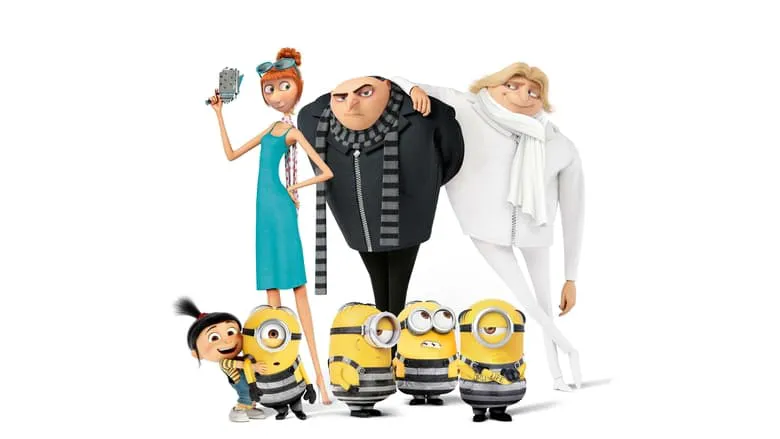 .jpg "Scene from “Despicable Me 3"”)
.jpg "Scene from “Despicable Me 3"”)
The Challenge of Maintaining Momentum
Screenwriters often face a dilemma when their characters are too happy, especially in family-friendly animated films. While adult-oriented shows can introduce conflict by breaking up relationships or even killing off characters, such drastic measures are off-limits in franchises like “Shrek” or “Despicable Me.” Once the characters find happiness, they’re essentially locked into that state, making it difficult to create compelling narratives without upsetting young viewers. So, how do screenwriters introduce conflict without disrupting the established harmony?
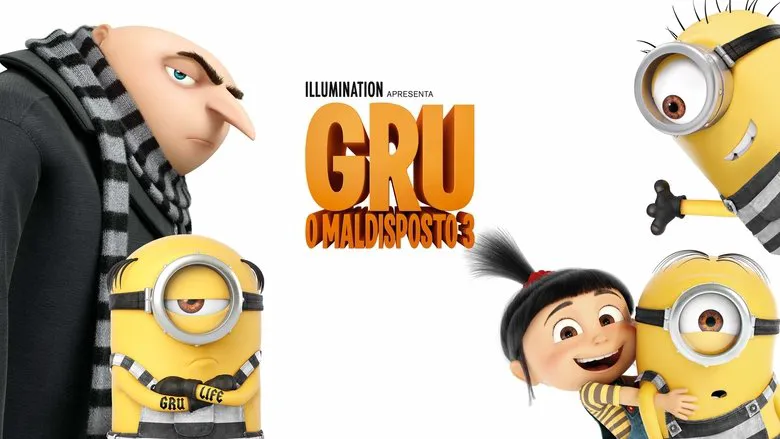 .jpg "Scene from “Despicable Me 3"”)
.jpg "Scene from “Despicable Me 3"”)
Fortunately, the creators of “Despicable Me 3” found a workable, though not perfect, solution. The introduction of Dru and the new villain, Bratt, adds complexity to Gru and Lucy’s lives without destroying their family dynamic. While the main characters don’t experience significant growth (having already reached a state of near-perfect contentment), this isn’t a major issue for a children’s film. The important thing is that “Despicable Me 3” is nearly as engaging and funny as the original and significantly better than the somewhat lackluster “Despicable Me 2,” which, as we recall, featured a significant portion of the plot unfolding in a rather mundane shopping mall.
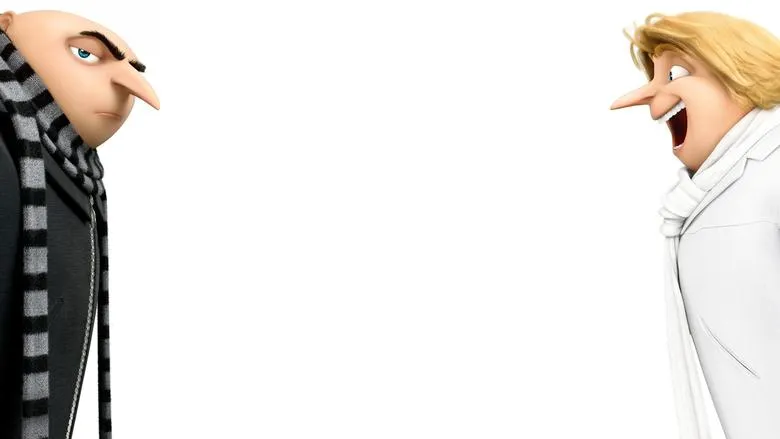 .jpg "Scene from “Despicable Me 3"”)
.jpg "Scene from “Despicable Me 3"”)
Nostalgia and All-Around Fun
The giant pink diamond featured in the plot is a clear nod to the popular “Pink Panther” comedy series.
“Despicable Me 3” boasts more visually appealing and diverse settings than its predecessor. The plot gives attention to all the characters, from Gru to little Agnes, who is on a quest to find a real unicorn (the girl is obsessed with mythical creatures). Some critics have criticized the film’s seemingly scattered nature, but each storyline contributes to the overall theme, and they all come together logically in the end. Besides, why sacrifice the adventures of the Minions or the girls to lengthen the main character’s story when these charming characters have their own dedicated fans? “Despicable Me 3” works like the Golden Sphere from “Roadside Picnic” – it doesn’t leave any fans feeling shortchanged.
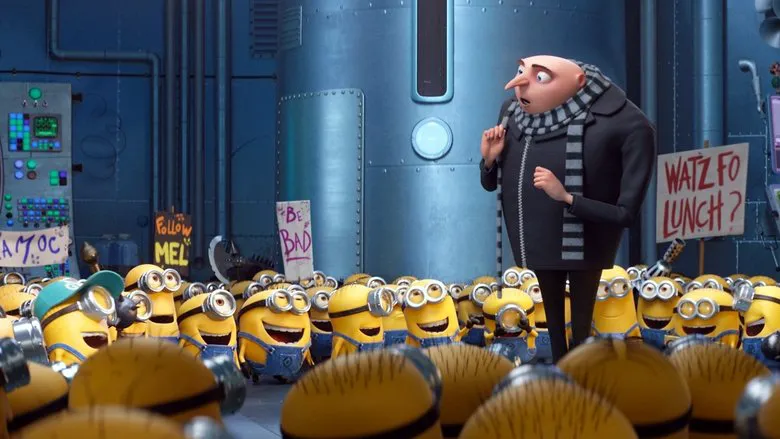 .jpg "Scene from “Despicable Me 3"”)
.jpg "Scene from “Despicable Me 3"”)
In the original version, the main villain, Balthazar Bratt, is voiced by Trey Parker, the creator and voice actor of “South Park.” This is Parker’s first role in a children’s film.
Another strength of the film is its abundance of nostalgic references to the 1980s. The creators correctly assumed that the children being taken to the cinema now are the grown-up offspring of that era, who will happily and fondly remember the music and fashion of thirty years ago. What’s nice is that we in Russia know and remember the West of that time, so we don’t feel like poor relatives at a rich party, as sometimes happens when films recall the 1960s and 1970s.
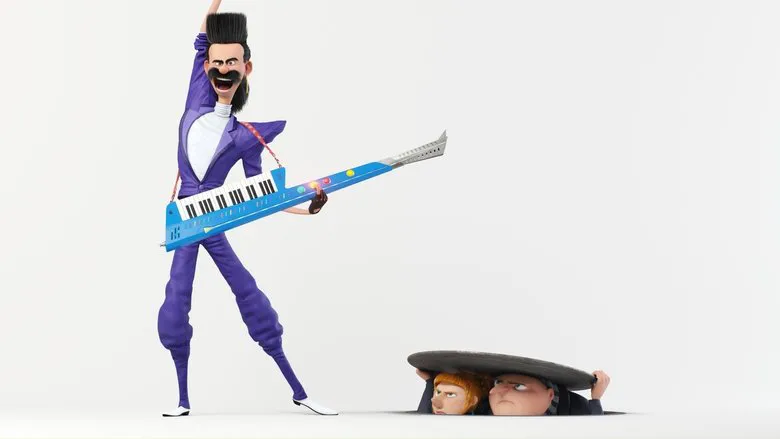 .jpg "Scene from “Despicable Me 3"”)
.jpg "Scene from “Despicable Me 3"”)
The film’s humor, while not exceptionally witty, doesn’t resort to cringeworthy or unpleasant jokes, as there are hardly any in the film. The action, in turn, is exactly what it should be in a children’s film. There’s plenty of it, it’s varied and humorous, and it’s not overly violent, so the film can be shown to young children without fear.
In short, the film is unlikely to receive an Oscar next year, but it’s worth seeing even for those fans of family animation who don’t have children. There’s something to admire and something to laugh at in the film. If you do have children and they like Gru, his family, and their Minions, you’ll regret missing the fourth installment of the saga.